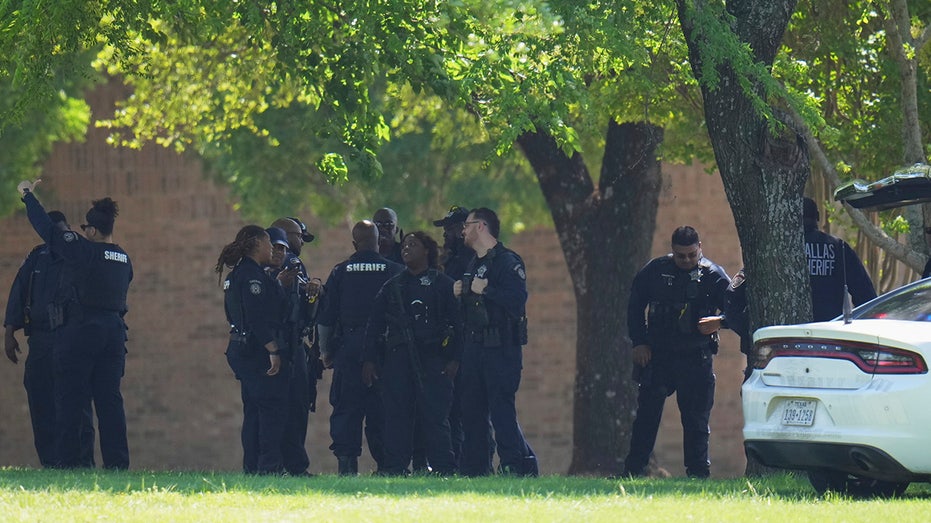WNBA Draft prospects have different rules than their NBA counterparts
Photo by Mike Ehrmann/Getty Images The major differences between NBA and WNBA Draft eligibility rules, explained. The WNBA Draft is Monday, April 15 in New York City, and with the influx of new fans in the women’s basketball community, some are confused about who can be drafted, and who can’t. That’s fair, given the NBA’s rules for draft eligibility are much simpler: a player needs to be 19 years old that calendar year and at least one year removed from high school (unless they’re an international player). The WNBA has a stricter set of restrictions in place for draftees. This is both to ensure the future success of these players regardless of whether they make a career as a pro basketball player or not, as well as to try and control the number of draftees every year, given how hard it is for players to actually make rosters in the still-smaller WNBA. Of course, expansion is helping with the latter issue, but there are still more talented players than W teams have roster spots for (to say nothing of the increased security it offers veteran WNBA players), so there are pros to the league’s more restrictive guidelines around draft eligibility. So for any who need an explanation — or just a refresher — let’s get into some of the biggest ways the W’s rules differ from the NBA’s criteria. Players must graduate from college before being drafted Maybe one of the biggest rule differences for WNBA draftees vs. other league’s prospects is that they must graduate from college before declaring for the draft. Now, they can choose between obtaining a shorter associate’s degree or a full bachelor’s degree, but they still must meet the other criteria as well. This factor is to ensure these student athletes are set up for success in the future, regardless of how long they play professional basketball. With a league as small as the WNBA, it’s hard to make a roster and stay on it long-term. Having an education to fall back on and other career pursuits just ensures they have options. It also puts education at the forefront of being a student athlete. Yet, this rule also works for the WNBA as well, making sure talent is more evenly distributed among different draft years. It also allows teams to scout players for longer, assessing talent over years instead of the smaller sample size NBA teams get of one-and-done players. In the end, it means less guesswork when it comes to WNBA draftees than their NBA counterparts, which is good for teams and the league. Players must turn at least 22 in the year they are drafted Another rule that differs from the NBA’s draft rules is the age criteria. While players don’t have to be 22 the day they are drafted, they must be turning 22 in the same calendar year they are selected in order to be eligible. Going back to the previous rule, this means some players can declare for the WNBA draft after three years of college depending on their birthdays. In those cases, those athletes will obtain a three-year associate’s degree and then declare for the draft — stretching out their course loads over more time to ensure they are not too overwhelmed with classwork during the basketball season. For players that turn 22 in the year they would be finishing a four-year degree, they would have to wait until then to declare. Again, this is to ensure there is a bit of control to how many players are declaring each year. Yet, this also means that WNBA rookies are 21-22 entering the league, with a full education. They are a little more mature, experienced, and ready for the life of a professional athlete than some of their NBA counterparts. Players must denounce their remaining NCAA eligibility With the WNBA Draft happening so soon after the NCAA tournament ends, there is such a small window of time for these players to declare. In a lot of cases, players who have played four years in college are out of eligibility, so there is not much to think about. While there is a similar rule to this in the NBA, where players need to renounce their remaining eligibility in order to enter the NBA draft, it’s different. If an NBA player declares for the draft, but hears after workouts and the draft combine that there isn’t much interest in selecting them, they can go back to college if they want. There is a deadline in order to take this route, and players cannot sign any NBA contract if they want to do this. On the WNBA side, players who declare for the draft cannot go back to the NCAA, even with eligibility. They have to decide to declare within 48 hours of their last game or April 1, whichever comes later. It’s why these choices are made with a lot of thought in the WNBA. In the end, these rules are in place to protect the players and ensure they are set up for success. If they end up in the WNBA, they are a little older and little more prepared for professional life. If they don’t end up in the WNBA, they still have an education to set them up for alternate career paths. The rules are also set up in


The major differences between NBA and WNBA Draft eligibility rules, explained.
The WNBA Draft is Monday, April 15 in New York City, and with the influx of new fans in the women’s basketball community, some are confused about who can be drafted, and who can’t. That’s fair, given the NBA’s rules for draft eligibility are much simpler: a player needs to be 19 years old that calendar year and at least one year removed from high school (unless they’re an international player).
The WNBA has a stricter set of restrictions in place for draftees. This is both to ensure the future success of these players regardless of whether they make a career as a pro basketball player or not, as well as to try and control the number of draftees every year, given how hard it is for players to actually make rosters in the still-smaller WNBA. Of course, expansion is helping with the latter issue, but there are still more talented players than W teams have roster spots for (to say nothing of the increased security it offers veteran WNBA players), so there are pros to the league’s more restrictive guidelines around draft eligibility.
So for any who need an explanation — or just a refresher — let’s get into some of the biggest ways the W’s rules differ from the NBA’s criteria.
Players must graduate from college before being drafted
Maybe one of the biggest rule differences for WNBA draftees vs. other league’s prospects is that they must graduate from college before declaring for the draft. Now, they can choose between obtaining a shorter associate’s degree or a full bachelor’s degree, but they still must meet the other criteria as well.
This factor is to ensure these student athletes are set up for success in the future, regardless of how long they play professional basketball. With a league as small as the WNBA, it’s hard to make a roster and stay on it long-term. Having an education to fall back on and other career pursuits just ensures they have options. It also puts education at the forefront of being a student athlete.
Yet, this rule also works for the WNBA as well, making sure talent is more evenly distributed among different draft years. It also allows teams to scout players for longer, assessing talent over years instead of the smaller sample size NBA teams get of one-and-done players. In the end, it means less guesswork when it comes to WNBA draftees than their NBA counterparts, which is good for teams and the league.
Players must turn at least 22 in the year they are drafted
Another rule that differs from the NBA’s draft rules is the age criteria. While players don’t have to be 22 the day they are drafted, they must be turning 22 in the same calendar year they are selected in order to be eligible.
Going back to the previous rule, this means some players can declare for the WNBA draft after three years of college depending on their birthdays. In those cases, those athletes will obtain a three-year associate’s degree and then declare for the draft — stretching out their course loads over more time to ensure they are not too overwhelmed with classwork during the basketball season.
For players that turn 22 in the year they would be finishing a four-year degree, they would have to wait until then to declare. Again, this is to ensure there is a bit of control to how many players are declaring each year. Yet, this also means that WNBA rookies are 21-22 entering the league, with a full education. They are a little more mature, experienced, and ready for the life of a professional athlete than some of their NBA counterparts.
Players must denounce their remaining NCAA eligibility
With the WNBA Draft happening so soon after the NCAA tournament ends, there is such a small window of time for these players to declare. In a lot of cases, players who have played four years in college are out of eligibility, so there is not much to think about.
While there is a similar rule to this in the NBA, where players need to renounce their remaining eligibility in order to enter the NBA draft, it’s different. If an NBA player declares for the draft, but hears after workouts and the draft combine that there isn’t much interest in selecting them, they can go back to college if they want. There is a deadline in order to take this route, and players cannot sign any NBA contract if they want to do this.
On the WNBA side, players who declare for the draft cannot go back to the NCAA, even with eligibility. They have to decide to declare within 48 hours of their last game or April 1, whichever comes later. It’s why these choices are made with a lot of thought in the WNBA.
In the end, these rules are in place to protect the players and ensure they are set up for success. If they end up in the WNBA, they are a little older and little more prepared for professional life. If they don’t end up in the WNBA, they still have an education to set them up for alternate career paths. The rules are also set up in a way that protects the WNBA from making draft “mistakes” and misjudging talent, while also making sure there are at least a few potential stars entering the league each season.




























































